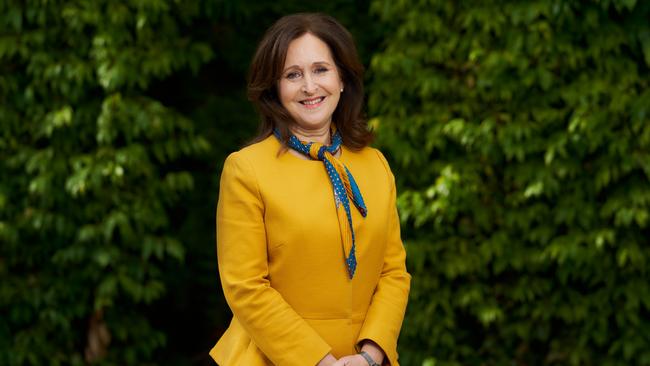Retirement planning starts earlier as living costs spark concern
Planning for retirement no longer starts in your 40s, 50s and 60s, as younger adults make an earlier start on growing a nest egg.
Retirement planning is being brought forward by a growing group of Australians as cost-of-living pressures prompt more under-40s to act on their nest eggs.
New research from superannuation fund HESTA has found a greater proportion of adults under 40 had taken action with their super in the past 12 months, compared with older generations.
And as separate studies show more people are getting financial advice from TikTok and other social media platforms, experts say cost and access are the key barriers blocking them from speaking with professionals.
HESTA’s survey of 1000 Australians found 49 per cent of people aged 18 to 39 had taken extra action recently on retirement planning, such as checking online calculators or starting salary sacrifice. Among people aged 40 to 54, it was 44 per cent of people, and for over-55s it was just 29 per cent.
HESTA found higher living costs and other economic pressures were sharpening the focus of younger adults on improving their financial future and retirement savings.

HESTA CEO Debby Blakey said many members were “doing it tough right now and experiencing cost-of-living pressures”, and it was encouraging to see more younger people actively planning.
“Even small changes made now can have a big impact down the track,” Ms Blakey said.
“For many young Australians, super will be their biggest financial asset. Their parents are also starting to retire with super balances built over their working lives.”
A study last month by the Association of Superannuation Funds of Australia found younger adults were more likely to listen to social media “finfluencers” than qualified financial advisers, with social media the second-most common source of advice behind friends and family.
Only 6 per cent of people had sought professional advice from a planner and 6 per cent were advised through their super funds, ASFA found.
“The problem that underpins both young Australians’ reliance on social media for financial advice and all age groups’ lack of advice is that advice from trusted sources is too costly and difficult to access,” ASFA CEO Mary Delahunty said.
Financial planner numbers have dropped dramatically in recent years, with this supply squeeze and rising red tape pushing up the cost of professional advice.
Digital advice platform Otivo’s founder, Paul Feeney, said several surveys had indicated that more younger adults were seeking advice, but cost was their biggest hurdle.
“With initial advice at $5000-plus, it’s not a realistic or value-for-money proposition,” he said.
“The ‘influencers’ providing general advice on platforms like TikTok, Instagram and Facebook provide an opportunity to improve their financial knowledge from their peers.


“Unfortunately, they miss out on personal advice, as information provided on social media is unlikely to take into account their exact personal situation, finances and goals.”
Mr Feeney said digital advice platforms were an alternative and “subscribers can gain personal advice for less than a coffee per week”.
“The good platforms are also licensed by ASIC, the same as traditional personal financial advisers.”
Nursing student Jewel O’Sullivan, 21, from Sydney, is among the young adults using social media for money advice, but she says it doesn’t offer personalised guidance.
“I often find myself scrolling through TikTok videos that offer bite-sized tips and strategies for budgeting or saving,” she said.
Ms O’Sullivan said she was worried about her student debt and she felt young Australians were “up against it”. She said surging cost-of-living pressures were dampening her dream of financial independence.






To join the conversation, please log in. Don't have an account? Register
Join the conversation, you are commenting as Logout